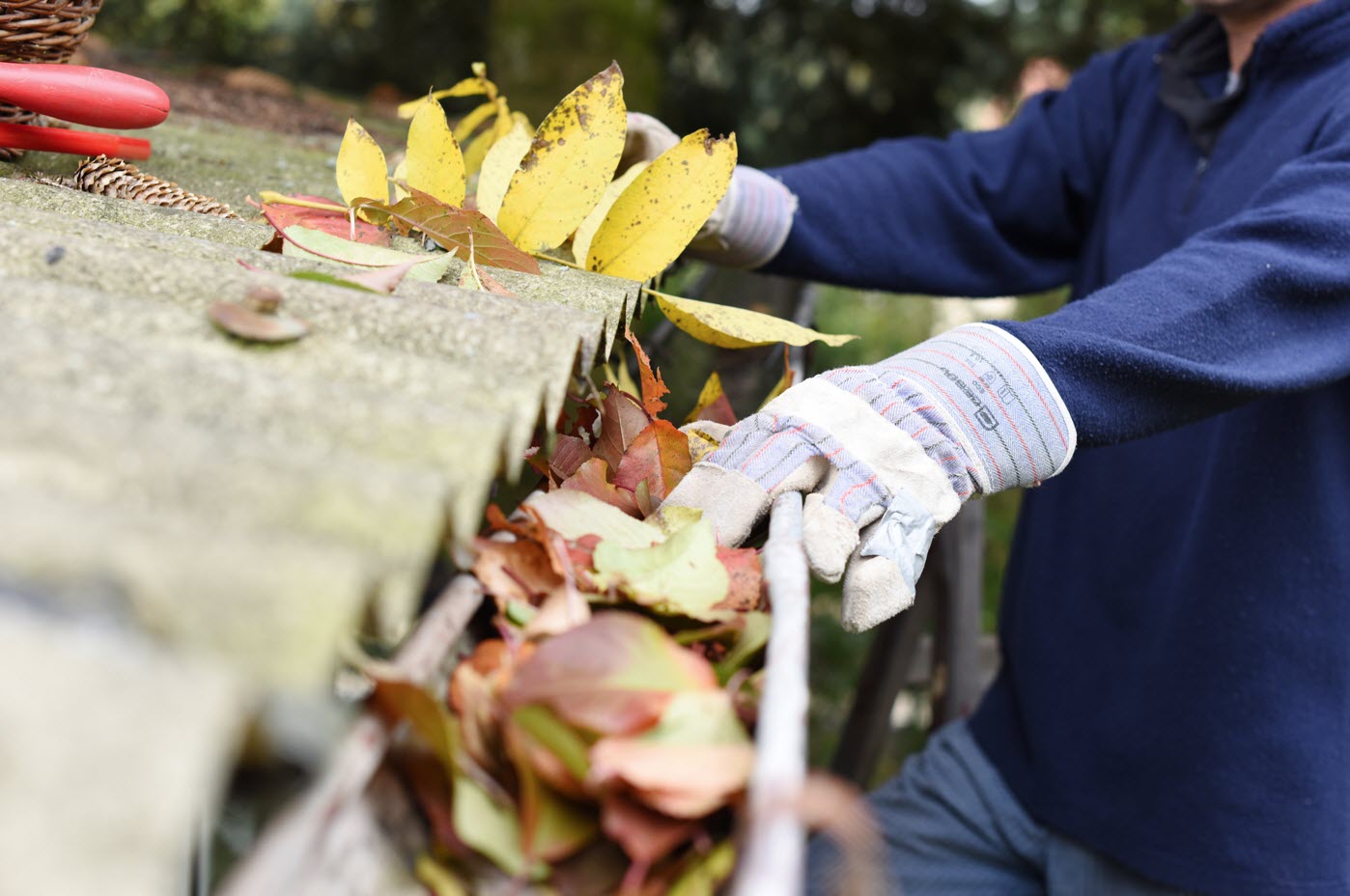How to Prepare Your Home for Fall: Tips from an Insurance Perspective
As the vibrant colors of summer give way to the crisp air of fall, it’s time to start preparing your home for the colder months ahead. Taking proactive steps to protect your home now can help prevent costly damage, reduce risks, and keep your family safe. From an insurance perspective, fall is the perfect time to perform routine maintenance that can prevent future claims and keep your home in top condition. Here are essential tips to get your home ready for fall and minimize risks.
1. Inspect and Clean Your Gutters
Fallen leaves and debris can easily clog your gutters, leading to water overflow, leaks, and even roof damage. Clogged gutters can also cause water to pool around your home’s foundation, increasing the risk of flooding or water damage.
- Insurance Perspective: Water damage resulting from poor maintenance, such as clogged gutters, may not always be covered by your insurance policy. Cleaning your gutters regularly can prevent this type of damage, keeping your home protected.
2. Check Your Roof for Damage
Fall is a great time to inspect your roof for any loose, damaged, or missing shingles. Winter weather, including snow and ice, can exacerbate any existing problems, leading to leaks and potential structural damage.
- Insurance Perspective: Your homeowners’ insurance typically covers damage caused by severe weather, but regular roof maintenance is your responsibility. Addressing minor repairs now can prevent major claims later.
3. Seal Windows and Doors
As temperatures drop, drafts around windows and doors can make your home less energy-efficient and drive up heating costs. Inspect and replace worn-out weather stripping or caulk to ensure your home stays warm and energy-efficient.
- Insurance Perspective: While drafts won’t directly result in an insurance claim, they can lead to frozen pipes during extreme cold. Proper sealing of windows and doors reduces the chance of freezing temperatures causing damage inside your home, especially to plumbing.
4. Service Your Heating System
Before the cold weather hits, it’s a good idea to have your furnace or heating system professionally serviced. Ensure that everything is running efficiently and replace air filters to improve air quality and system performance.
- Insurance Perspective: A well-maintained heating system reduces the risk of fire hazards or breakdowns during the winter. Insurance companies appreciate homeowners who take preventive measures to avoid home-related disasters.
5. Trim Overhanging Branches
Falling branches during a storm can cause significant damage to your roof, siding, and windows. Trimming back trees and shrubs, especially those that overhang your home, is a great way to prevent this type of damage.
- Insurance Perspective: If a tree or branch falls and causes damage to your home, your insurance policy will likely cover the repairs. However, maintaining your trees by trimming them regularly reduces the chances of needing to file a claim in the first place.
6. Test Smoke and Carbon Monoxide Detectors
As you begin using your heating system, fireplaces, or space heaters more frequently, it’s essential to ensure that your smoke and carbon monoxide detectors are functioning correctly. Change the batteries and test the alarms to keep your family safe.
- Insurance Perspective: Many insurance policies offer discounts for homes equipped with working smoke detectors, carbon monoxide detectors, and fire extinguishers. Regular testing and maintenance of these devices can also prevent fire or carbon monoxide-related claims.
7. Clean and Inspect Your Chimney
If you have a fireplace, now is the time to clean and inspect your chimney. A buildup of creosote can increase the risk of a chimney fire, which can quickly spread to other areas of your home.
- Insurance Perspective: Chimney fires are preventable, and routine chimney cleaning can reduce the risk of fire-related insurance claims. Some policies may even require regular chimney inspections as part of maintaining coverage for fire hazards.
8. Prepare for Storms
Fall often brings unpredictable weather, including heavy rain and wind. Make sure you have an emergency kit ready and inspect your home’s exterior for loose siding or shingles. Secure outdoor furniture, and check that your sump pump (if you have one) is working correctly to prevent basement flooding.
- Insurance Perspective: Insurance policies typically cover storm-related damage, but prevention is key. Keeping your home well-maintained and prepared for storms can minimize damage and reduce the likelihood of filing a costly claim.
9. Review Your Homeowners Insurance Policy
As you prepare your home for fall, it’s also a good time to review your homeowners insurance policy with your agent. Make sure your coverage is up to date and adequate for any potential risks. If you’ve made significant home improvements or changes, it may be necessary to adjust your policy accordingly.
- Insurance Perspective: Keeping your policy current ensures that you have the right coverage when you need it. Fall is a great time to talk with your insurance agent about any changes or upgrades to your policy.
Preparing your home for fall is not just about staying comfortable during cooler weather; it’s about protecting your property and reducing risks. From cleaning gutters to inspecting roofs, taking preventive measures can save you from costly repairs and insurance claims. At the same time, regular maintenance demonstrates to your insurance provider that you’re committed to keeping your home in top shape—something that can benefit you when it comes time to renew your policy. Take this fall as an opportunity to safeguard your home and protect your family for the colder months ahead.
Comments are closed.



